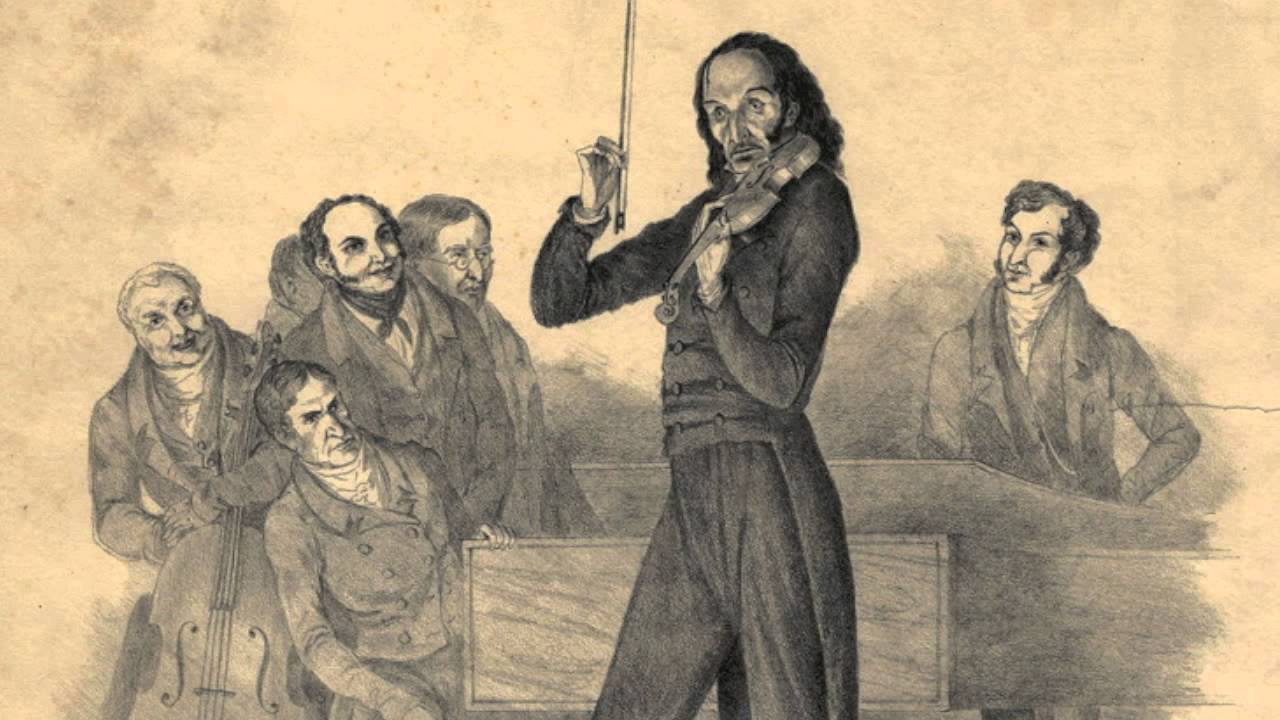Introduction
Niccolò Paganini, the legendary Italian violinist and composer, is renowned for his virtuosic technique and captivating compositions. His works have left an indelible mark on classical music, inspiring countless musicians and enthralling audiences for over two centuries. In this article, we explore the ten best compositions by Paganini that showcase his genius and continue to resonate with listeners today.
1. Caprice No. 24 in A Minor, Op. 1
Perhaps the most famous of Paganini’s works, Caprice No. 24 is a dazzling display of technical prowess and creative brilliance. This piece, the final in a set of 24 caprices for solo violin, is known for its intricate variations and has been a favorite among violinists and composers alike. Its theme and variations have been adapted and reinterpreted by many, including Liszt, Brahms, and Rachmaninoff.
2. Violin Concerto No. 1 in D Major, Op. 6
This concerto is a staple in the violin repertoire, celebrated for its lyrical melodies and virtuosic passages. The first movement is particularly notable for its demanding technical requirements, while the second movement showcases Paganini’s gift for creating beautiful, singing lines. The finale is a tour de force that leaves audiences in awe of the performer’s skill.
3. La Campanella
Originally the third movement of Paganini’s Violin Concerto No. 2, La Campanella (The Little Bell) has gained immense popularity as a standalone piece. The title refers to the bell-like sound produced by the violin, and the piece is characterized by its light, playful melody and rapid fingerwork. Franz Liszt’s famous piano transcription has further cemented its place in the classical canon.
4. Moto Perpetuo, Op. 11
Moto Perpetuo is a remarkable composition that lives up to its name, meaning “perpetual motion.” This piece demands unrelenting energy and precision from the performer, as it features a continuous stream of rapid notes with no breaks. It is a favorite among violinists seeking to showcase their technical prowess and stamina.
5. Cantabile in D Major, Op. 17
In contrast to his more virtuosic works, Cantabile in D Major highlights Paganini’s ability to compose beautiful, lyrical music. This piece is characterized by its singing melodies and expressive phrasing, providing a moment of calm and introspection. It remains a beloved piece for both violinists and listeners who appreciate the more poetic side of Paganini’s oeuvre.
6. Violin Concerto No. 2 in B Minor, Op. 7
The Violin Concerto No. 2 is another masterwork that showcases Paganini’s dual talents as a composer and performer. The concerto’s three movements each offer something unique, from the dramatic and virtuosic first movement to the lyrical second movement and the energetic, playful finale. It is a testament to Paganini’s ability to blend technical brilliance with musicality.
7. Sonata for Grand Viola and Orchestra
This lesser-known gem in Paganini’s catalog demonstrates his versatility as a composer. Written for the viola, this sonata allows the instrument to shine with its rich, warm tones. The piece is both technically challenging and musically rewarding, offering a rare opportunity for violists to step into the spotlight with a work by a renowned composer.
8. Le Streghe, Op. 8
Le Streghe (The Witches) is a captivating piece inspired by a theme from a ballet by Franz Xaver Süssmayr. Paganini’s variations on this theme are both technically demanding and wonderfully imaginative, featuring rapid runs, double stops, and harmonics. The piece is a favorite among violinists looking to impress with their virtuosity and showmanship.
9. Introduction and Variations on “Nel cor più non mi sento,” Op. 38
Based on a theme from Giovanni Paisiello’s opera “La Molinara,” this set of variations is a brilliant showcase of Paganini’s creativity and technical skill. Each variation presents new challenges and inventive twists on the original theme, culminating in a dazzling display of violin virtuosity. It remains a popular choice for concert performances and competitions.
10. Variations on God Save the King
Paganini’s variations on the British national anthem are a testament to his ability to transform simple melodies into virtuosic showpieces. This composition features a series of increasingly complex and elaborate variations that push the limits of violin technique. It is a fitting example of Paganini’s genius and his ability to captivate audiences with his innovative approach to composition.
Conclusion
Niccolò Paganini’s contributions to the world of classical music are immeasurable. His compositions continue to inspire and challenge musicians, while enchanting audiences with their beauty and brilliance. Whether through the dazzling fireworks of his caprices or the lyrical elegance of his cantabiles, Paganini’s music remains a testament to his extraordinary talent and enduring legacy.


Comments are closed